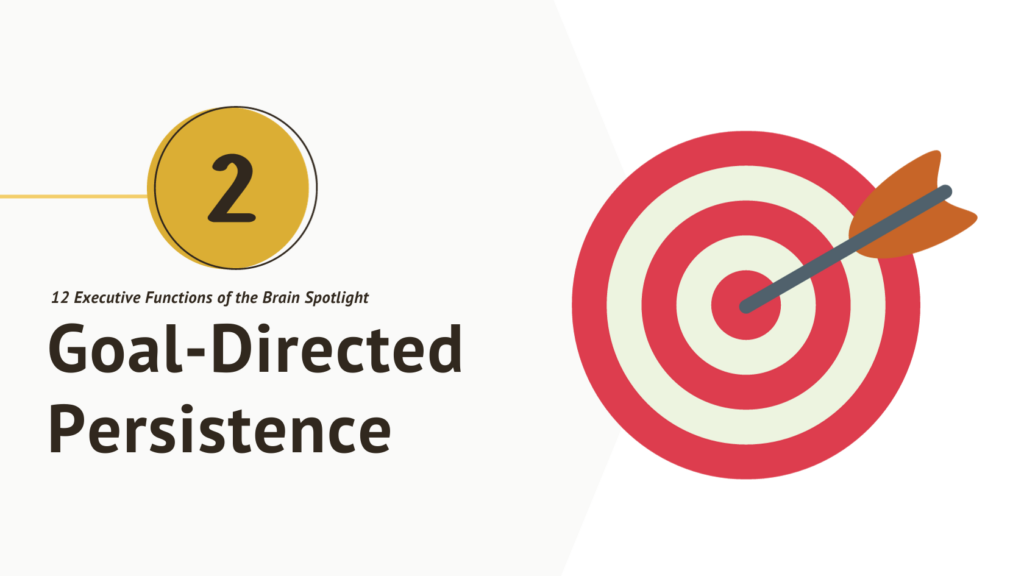Years ago, I had a client who was very committed to understanding his brain and its connection to his behavior.
Before we ever met, he told me that he had bought the Seeing My Time Instructor’s Manual and read it aloud to a captive audience on an interstate drive to his son’s soccer tournament. While I had worked extremely hard to produce a readable and useful manual, I was incredulous that he had enthusiastically read the entire thing out loud!
He subsequently became my very first distance Zoom client, probably back in 2012. He completed Seeing My Time on his own and then paid for his family to ALSO take the course!
A few months later, I was very surprised to find him enrolled in the Teaching Seeing My Time online course, which is designed for professionals who want to teach the program to others. Since he was an executive and not an educator, I asked him to explain his purpose for taking the course.
He replied that he had some younger people working with him who needed the course and he wanted to help them to be more successful at work.
At the end of the course (after he had already completed the workbook three times), he asked me this question:
“Marydee, how come it has taken me so long to realize that I have a problem with goal-directed persistence? I have purchased a garage full of woodworking tools and equipment and never use them.”
This made me laugh because of course, he had shown incredible goal-directed persistence in his absorption and interest in my courses! But it seemed that this enthusiasm did not always apply to other areas of his life. Why?
What is Goal Directed Persistence?
 To answer that question, it’s important to understand goal-directed persistence. It is one of the skills in Dawson and Guare’s model of executive functions, yet it is rarely highlighted. In my opinion, it is a powerful executive function strength to have – and a skill to build if you don’t!
To answer that question, it’s important to understand goal-directed persistence. It is one of the skills in Dawson and Guare’s model of executive functions, yet it is rarely highlighted. In my opinion, it is a powerful executive function strength to have – and a skill to build if you don’t!
I define goal-directed persistence simply as your brain’s drive to finish what you start. The ability to complete tasks or projects is critical in our daily lives!
When my clients evaluate this skill as either a strength or a weakness in the Seeing My Time Workbook, I elaborate and tell them that this skill can be strong in some areas, and weak in others. It can be easy to finish things you enjoy doing, and not so easy to finish things you don’t want to do. (Think of my client and his poor abandoned woodworking shop.)
Wondering how you would rank in goal-directed persistence? While Dawson and Guare’s definition is pretty straightforward, I want to give some additional personalized context for you.
Evaluate Your Goal-directed Persistence Skills
Pause for a moment and consider unfinished projects in your life. Need some examples?
- Multiple incomplete craft projects
- Incomplete home remodeling/updating
- Garden plans never realized
- Unfinished online courses
- Boxes of photos to organize
- Out-of-date wills
- Struggles with financial planning
- A book you started to write
- Closets or garages that desperately need to be cleaned out
Ask Yourself: What Are Those Unfinished Projects Giving You?
Unfinished projects can weigh negatively on your brain. They are an example of poor executive functioning. You may feel guilt and shame for not finishing what you started, especially if you have invested money into the project.

It’s ok to decide that a project is no longer a priority and to just walk away!
If you are starting to feel bad just reading this, I want you to pause and reframe each of those unfinished goals.
You want your brain to feel good, not bad, and the way to do that is to be honest with yourself. It is normal and natural to change our focus. We live dynamic, modern lives! A project begun months or even years ago may no longer be relevant, or bring us excitement or joy.
So, dear people, use metacognition and make the decision that Rodney posed in my last blog about metacognition: To do, or not to do. That is the question.
While I think of myself as having strong goal-directed persistence, I have “let it go” many times in my life and career. I love to dream up creative projects that funnel my passions of the moment. At certain points, they fed my soul. But when they no longer do that, all those project materials must be recycled to become another person’s project.
Letting go of the unfinished stuff not only creates space on my shelves, it also creates space in my brain for new creative satisfying endeavors.
Next Steps
If goal-directed persistence is a challenge for you, take a few minutes to write down a list of those projects that are weighing you down. Then evaluate each one for its present value to you. Let go of the ones that no longer serve you. Decide: To do or not to do?
Hold on to your list of still-want-to-dos. Work on them. Future blogs will give you ideas about how to improve your persistence to get those things done.
Little by little…



 To answer that question, it’s important to understand goal-directed persistence. It is one of the skills in
To answer that question, it’s important to understand goal-directed persistence. It is one of the skills in 
